Author: Fiona, DWF Ventures Investment Department; Translator: LianGuaixiaozou
The Stanford Blockchain Conference was a great success, with high-quality research and discussions shaping the cryptocurrency field. Here are the key highlights from the conference: MEV, L2, ZKP, AMM, On-chain Orderbook, LSD & Restaking.
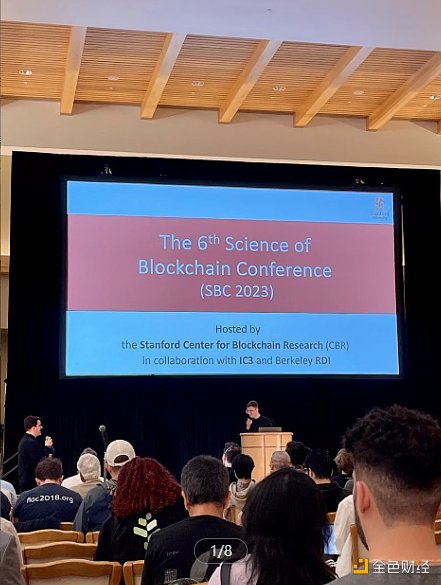
1. MEV
- Blockchain Game with ERC-6551 Use Case
- Cosmos, Solana, and Optimism The Path of Blockchain Integration
- Interpreting the Impact of the Launch of the Cosmos Liquidity Staking Module through 5 Key Questions
One impressive presentation at the MEV workshop was the Protocol Enforced Proposer Commitments (PEPC) introduced by Ethereum Researcher Barnabe. PEPC is a framework built on the EigenLayer approach, enabling Ethereum validators to make block ordering commitments.
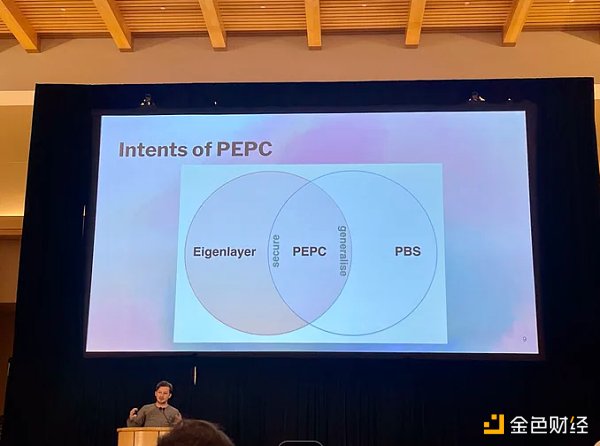
However, unlike EigenLayer’s optimistic execution, PEPC follows a pessimistic execution approach. When a block violates the commitment, it is considered invalid rather than being confiscated or penalized by the network.
It also introduced ePBS, allowing fair transactions between proposers and certain builders. However, PBS is in an advanced stage and has yet to be implemented. Therefore, we may still rely on MEV-Boost for some time before PBS is implemented within the protocol.
2. L2
With the rise of L2, it is widely believed that there will be multiple rollups in the future. Although rollups offer benefits such as lower fees, scalability, and more options for execution/sorting and DA settings, the community has concerns about the future of multiple rollups. Here are a few concerns:
– Lack of atomic composability
– Fragmentation of state/liquidity in DeFi applications
– Congestion across rollups due to increased MEV/arbitrage
– Current infrastructure (such as wallets/bridges) may not be mature enough to support the future of multiple rollups.
Therefore, we should not just build another rollup solution because rollups are popular. We should also consider the underlying gaps and how the product architecture can seamlessly operate for users and developers in the L2 era.
3. ZKP
As expected, ZKP remains a highly sought-after topic. The main stage of the SBC discussed the latest folding schemes, HyperNova and Protostar, as well as the future direction of STARKs.
The Stanford Blockchain Club’s Blockchain Applications Stanford Summit (BASS) also showcased various ZKP projects:
– ZKRU: zkSync, StarkWare
– Verifiable Computation: Nexus
– ZKML: Modulus Labs
– Bridges: Succinct
– Development Tools/RAAS: IronMill, Caldera
– Privacy: Aztec, Nocturne, Hinkal Protocol
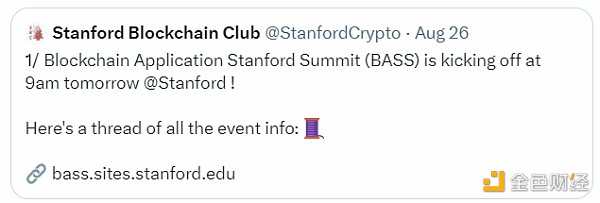
In fact, there are more ZKP projects focusing on a specific vertical domain, reflecting the “division of labor” of their respective advantages to support complex functions in a more efficient way. In addition to ZKP-related discussions, I also met several ZKP researchers at Stanford. This is an optimistic sign for the technical growth and innovation of ZKP, and we may see more academic breakthroughs in the future. So, ZKP will continue to grow and mature.
4. AMM
It is well known that most Uni v3 LPs have suffered losses due to the “harmful order flow” caused by reverse selection. Therefore, there have been more and more discussions on this topic in the past year.
At Stanford, Jason Milionis, Ciamac Moallemi, and Tim Roughgarden discussed Loss and Value Rebalancing (LVR). In addition to impermanent loss, this is another way to analyze the cost of providing liquidity for AMMs. LVR represents DEX-CEX arbitrage profits, which is also equivalent to LP losses.
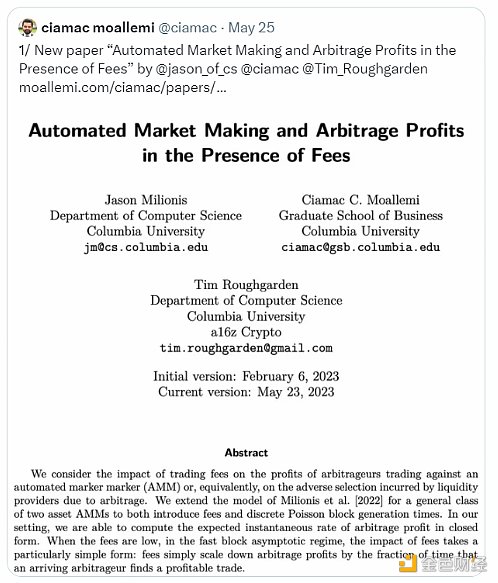
LVR ≈ Arbitrage – LP fees ≈ Arbitrage / Transaction probability (when fees are high or transaction interval is short), the probability of the transaction is low due to the small profit from DEX-CEX arbitrage.
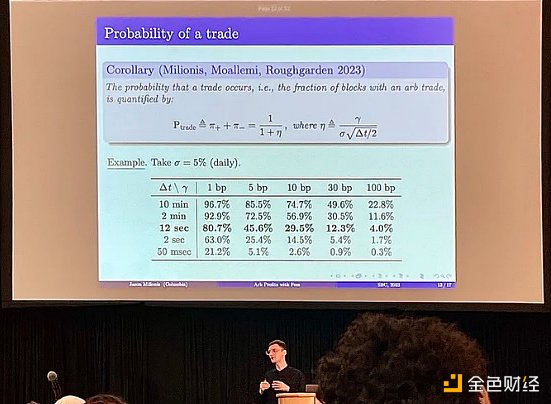
5. On-chain Order Book
It is worth noting that Joseph Poon and Christopher Jeffrey have introduced the WARP Logarithmic Matching Engine (LME), which can achieve fully on-chain order matching with extremely high price accuracy on EVM chains.
LME can achieve gas costs comparable to AMMs, solving the gas limitation problem of current on-chain order matching. In addition, it provides logarithmic complexity sorting matching for DEX, solving the single complexity sorting problem of existing order books.
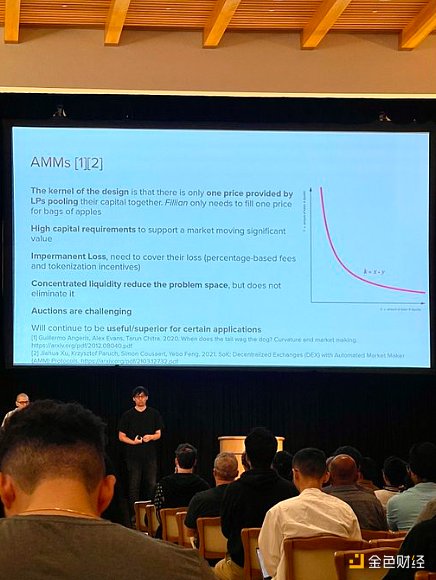
LME uses a base-2 price order radix tree and maintains a decreasing counter to create a nonce for each order. The decreasing nonce reflects the price-time priority. The following is the process of elimination and selection:
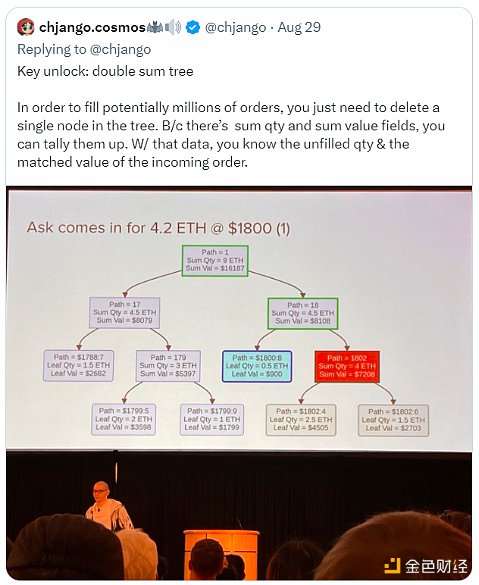
6. LSD & Restaking
During the conference week, Eigenlayer was very active in various activities. Davide Tse, the founder of BabylonChain, also introduced Babylon, a Bitcoin staking protocol that guarantees the security of PoS chains.
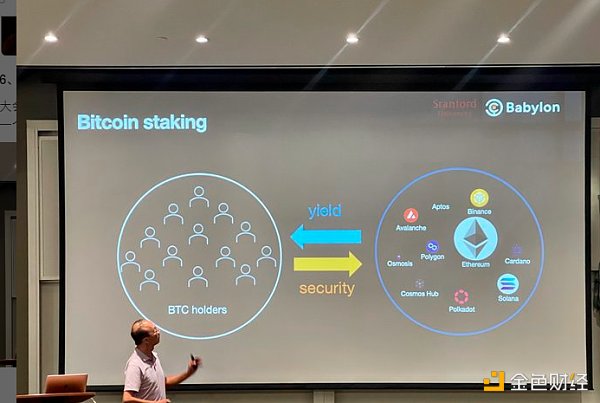
Like what you're reading? Subscribe to our top stories.
We will continue to update Gambling Chain; if you have any questions or suggestions, please contact us!